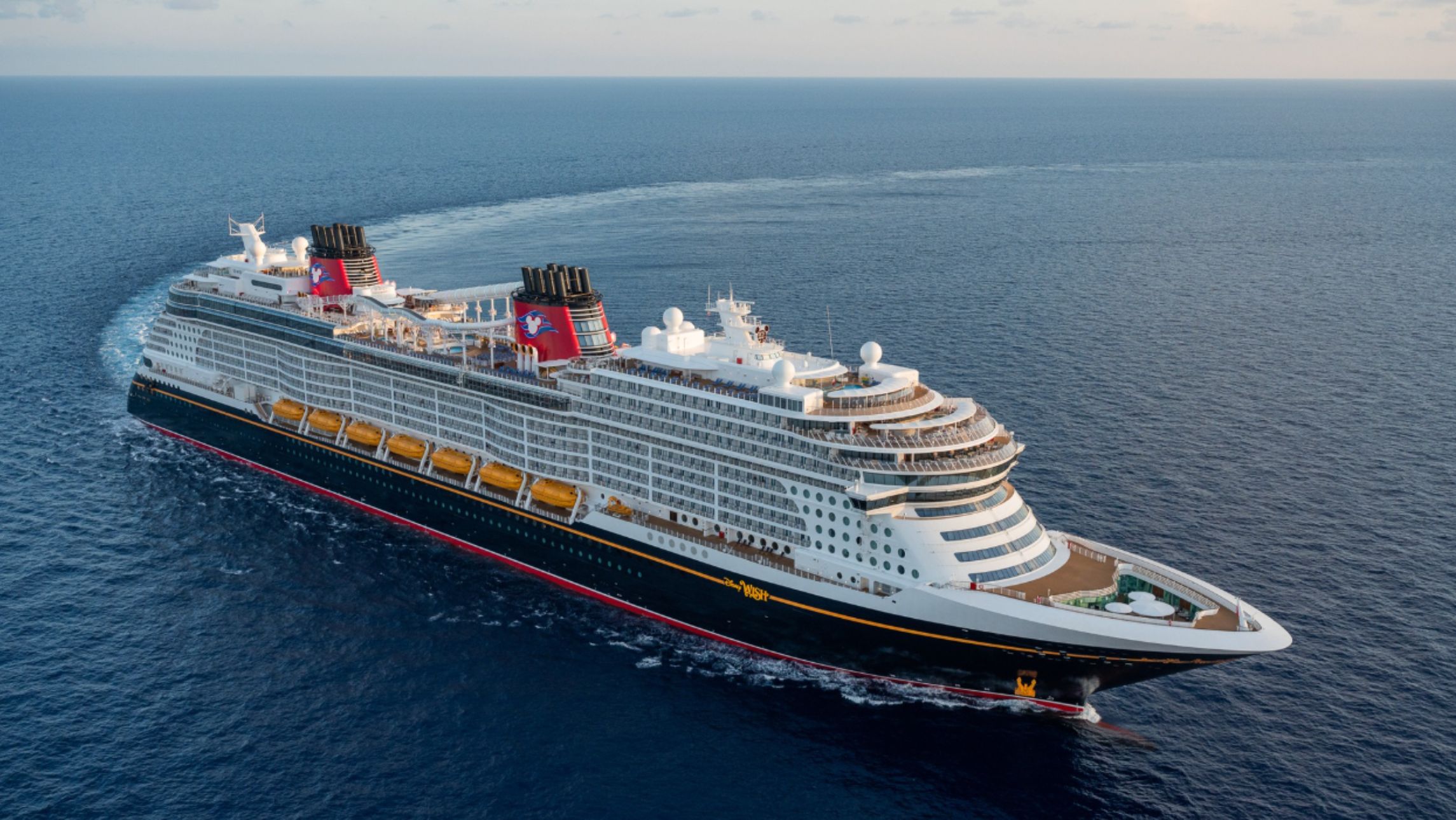Cities such as Venice, Barcelona, and Marseille have historically been big-ticket items on a European cruise itinerary. But now, local governments have pushed for tighter controls over cruise passenger arrivals during the northern hemisphere wave season.
Venice has already made the high-profile decision of banning large cruise ships from docking at its historic centre. This decision came after many years of public protest and political debate, and similar signals of change are starting to appear at other major ports.
Ada Colau, the mayor of Barcelona has made an election promise to reduce the amount of cruise ship visitors if re-elected this May.
Ms Colau told The Times: “Forty per cent of the cruise ships stop for four hours. They don’t give the city economic return, and thousands of people disembark, create great mobility issues and then leave. It is an industry we have to limit.”
Janet Sanz, the Barcelona city council deputy mayor has echoed a similar statement, writing to the Spanish government of her wishes to “tackle the massive increase in cruise tourists”.
She wrote in her letter: “If they do not have Barcelona as their base port, then cruise passengers are not active consumers of our city.
“They just walk for four hours and then they leave.”
This comes at a time when the Cruise Lines International Association is predicting 2.25 million cruise ship visitors to Barcelona, which matches levels of pre-pandemic activity in 2019.
Marseille is seeing some similar shifts in attitude, with 50,000 last year signing a petition to ban cruise ships from the city, due to air pollution issues.
The petition was launched by Mayor Benoit Payan: “The Mediterranean is slowly dying but the giant cruise ship lobbyists want to continue to defile it.
“In Marseille, whether they like it or not, we will continue to fight.”
Other major cities such as Amsterdam, Santorini, and Dubrovnik have also put initial steps into tightening restrictions on cruise companies, creating questions of how Europe tackling over-tourism will affect cruise ships over coming years.
However, the resistance to cruise ships isn’t exclusive to Europe. For example, Monterey Bay in California would see about seven to 12 ships per year before the pandemic and is now trying to distance itself from being a cruise destination.
As the City Counil can not ban cruise ships entirely, it has instead gotten rid of its landing services, meaning cruise ships would have to use their own staff when docking.
Monterey city manager Hans Uslar wrote: “It is my hope that this step will signal to the cruise ship industry that they are no longer welcomed by our city.”
Monterey is home to a 9000-square kilometre marine sanctuary that the mayor believes is threatened by the presence of cruise ships.
Juneau, the capital of Alaska has also been reconsidering its position on cruise, recently voting to cap the amount of visiting ships at five per day. However, many residents were calling for harsher restrictions but were told their wishes weren’t possible due to the possibility of litigation.
Other US cities such as Bar Harbor in Maine have created harsh restrictions on the amount of cruise ship visitors allowed to enter the city per day, repelling cruise ships from docking there. However, the town is also dealing with the possibility of legal action.
In other parts of the world, French Polynesia made the significant decision to not allow ships with more than 3,500 passengers to make port calls, and limiting the ports available to ships with more than 2,500.
While banning cruise ships from Venice remains as likely the only ban to affect your holiday, the large number of cities reconsidering cruise traffic does create interesting questions for the industry moving forward.









This confirms my advice to Princess CEO several years ago that they are making a mistake replacing their small ships with mega-ships. Apart from the local people at ports becoming increasingly concerned with large ships stopping at their ports, the size of the big ships limits the number of ports available to them due to the physical constraints of the harbour. Cruise executives are being short sighted with their ‘bigger is better’ approach.